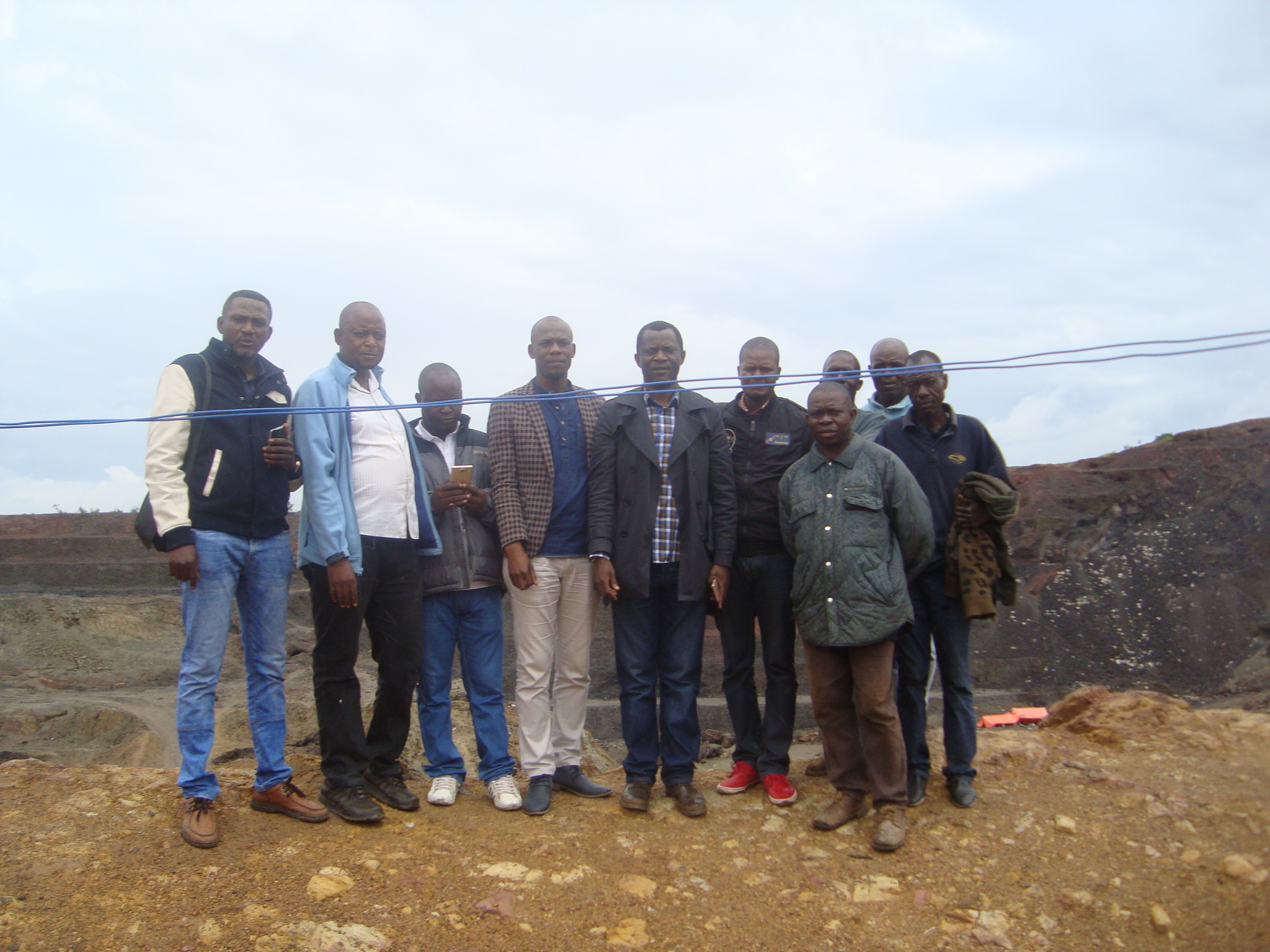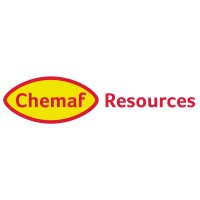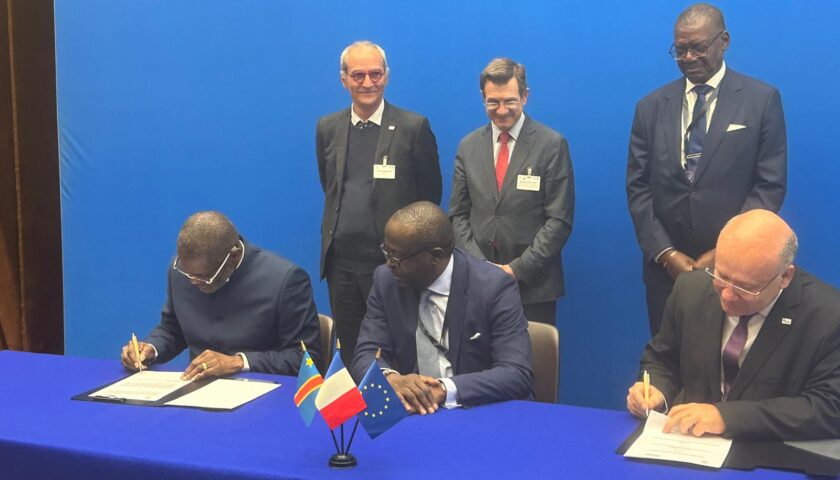Kasulo and ‘’Muyej Wall’’ against all odds
I was Tiluizembe in early December 2017 with our Mining Team from Press-Club DRC, I was in Kasulo on January 25, 2018 without finding women and children. I am back from Kolwezi in Lualaba, the Democratic Republic of Congo copper and cobalt province.
Donald Trump did not yet succeed to built a wall at Mexico border against illegal immigrants to protect America.
In Kolwezi, Ricarhd Muyey has done it around Kasulo to protet the site against illegal artisanal miners and to forbid the access to woemn , children as vulnebale persons inside. ‘’Muyej Wall is working’’ as a good example to duplicate where it may fit.
The Lualaba’s governor has succeeded to protect the DRC cobalt produced in Kolwezi against dirty attacks by unhappy traditional traders and cronies.
The real problem about these sites, especially for Kasulo is not that the women and children presence to dig copper and cobalt ores, but something else and somewhere else. In fact, there are no more women and children there since the arrival of the current provincial leadership took the office.
Lualaba’s governor Richard Muyej has successfully managed a risky gamble, by convincing the owners of houses and plots to no longer dig in their bedrooms and kitchens, transforming a residential area in a de facto artisanal mining zone.
However, I understood the great interest leading my colleagues from the media and international NGOs, sometimes their local partners, to this former residential area built on a copper and cobalt ores like all the old part of Kolwezi.
For western lobbyists with medias and NGOs face, the serious issue and real problem is rather the presence of the Chinese of CDM (Congo Dongfang Mining) and others in the cobalt mines that causes the fury.
Behind their cheap and nonsensical advocacy against the leaders of the country by attacking one of the metals that Mines Minister Martin Kabwelulu declared “strategic” for the country’s economy, they do not want Chinese directly purchasing cobalt at its source in Lualaba and DR Congo for two reasons.
Firstly.
The cobalt market was dominated by traders with leading players such as the Swiss Glencore, co-owner with Gécamines of the famous Kamoto mine operated by the Kamoto Copper Company (KCC) and owner of Mutanda mine, rich in cobalt, which Mutanda Mining (Mumi) operates, is increasingly being invaded by producers and buyers.
As a very popular for superalloys in aeronautics, cobalt is also essential for the rechargeable batteries of our phones, etcetera. In the last ten years, its production has more than doubled. On average it is growing by more than 8% per year.
Recently, at least a dozen mining projects are developed in the Democratic Republic of Congo, while the Chinese, the world’s largest consumers of cobalt have invested USD 800 million in Zambia, in the area of Chambeshi which has two copper and a cobalt mine and more than USD 2 billion in the Democratic Republic of Congo by acquiring some big mining companies like Tenke Fungurume Mining (TFM) from Freeport and purchasing several other deposits.
It is well known to all that the DRC hosts between 50 to 60% of the world’s cobalt reserves in the Katanga region and mainly in the Lualaba province.
That is the world’s largest supply of minerals, as well as significant quantities of copper, and any conflict would seriously affect the United States and European national security, said the American analysts.
More than half of the global supply of refined cobalt chemicals used to manufacture rechargeable batteries comes from China, which receives 90% of Congo cobalt.

This explains why the war against DRC cobalt produced in Kolwezi (Lualaba) came from New York, in the United States of America, through fellow journalists not because they like Congolese but just because of CDM’s Head Quarter in China, the firm HUAYOU, supplies to Apple and other phones manufacturers the cobalt legally mined and purchased in Kolwezi, in Kasulo in respect of the instructions issues by Governor Richard Muyej and the minister of the mines Martin Kabwelulu.
The American firm Apple based in California and listed on the New York Stock Exchange deal with Chinese upsets the traditional traders.
Tesla, the electrical cars maker is also american based in California and using more cobalt.
Once the situation has changed in the cobalt supply chain, DRC and its cobalt from Kolwezi and Kasulo seem the weakest targets. Western companies want to do lucrative business with China and US companies on the Kolwezi cobalt.
They do not want to share the cake with consumers who are now getting it at the source.
China, the world’s largest consumer of cobalt, is “over-dependent” in the DRC, which accounts for about half of the world’s cobalt supply, said Wu Lijue, chairman of Guangdong Jiana Energy Technology Co, a supplier of cobalt salts and other materials, quoted by Reuters.
Wu said China needed to determine how to ensure the supply of the batteries raw materials and reduce their costs.
He noted that China has only 1% of the world’s cobalt reserves and is exposed to price fluctuations because of its high dependence on imports.
Driven by the boom in electric cars, China’s cobalt consumption is expected to rise 17.4 percent this year to 54,000tons, according to Ding Xuequan, vice president of the China Nonferrous Metals Industry Association.
But what traditional Western and American cobalt traders do not know is that the Chinese are good in surprises to survive.
The high cost of battery materials would also encourage the development of alternatives such as ” hydrogen batteries or other types of batteries ”, Wu said.
With the prices of this strategic metal reaching the peaks in our modern history, the DRC, the Lualaba, Kolwezi will be the big losers to the great satisfaction of the wild capitalists whose greediness for gain by controlling the cobalt market is worth more than the survival of Kasulo residents and Lualaba citizens.

That obligated the provincial government of Lualaba and the central government of the DRC, having already perceived the real war coming, to clean up legally and technically the house (Kasulo) to make it a reference site to the disappointment of malicious detractors.
Speaking on the sidelines of the China International Nickel and Cobalt Industry Forum in Guangzhou last year after the DRC banned Sicomines from exporting cobalt ores, Wu told Reuters that China should consider upstream investment in cobalt in Canada and Australia. He said that Jiana had examined Canada’s potential assets without giving further details.
Xu Aidong, general secretary of the cobalt branch of Antaike, said China “should develop new channels” in its cobalt supply chain, turning to other cobalt producing countries like Australia and accelerating recycling.
Canada and Australia must pay attention because the world will be told that their cobalt is be mined by the Chinese in aboriginal environments or in natural parks and other kangaroo reserves.
”After destroying the forests and ending the monkeys at home to create megacities and highways, there are people who want to impose sanctions on the Congo because he cut some trees in his forest to make furniture and have coal, “ said colleague Parfait Barack.
The coal that illuminates the West countries does not protecting either healing the skin of mines workers, without worrying the donors of lessons!
The gunners are known and shall fight even those who denounce their strategies as the independent media that want the minerals of the DRC benefit and contribute to the development of its people.
By Franck Fwamba (The Senior Mining Journalist in DR Congo living in Lubumbashi)





